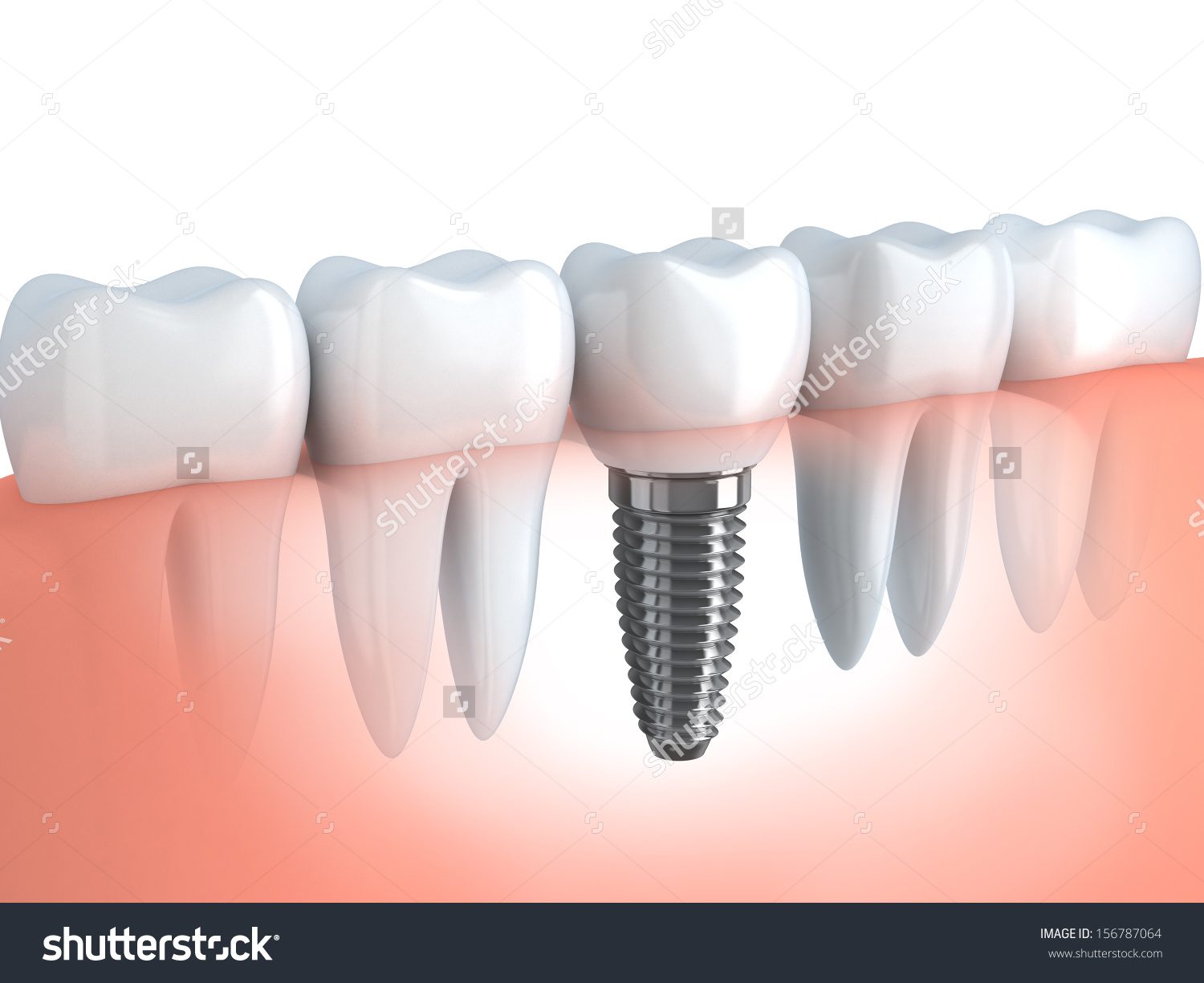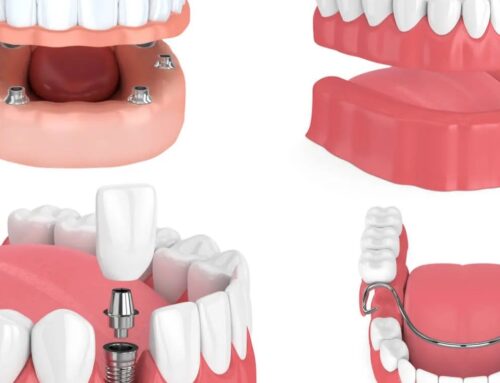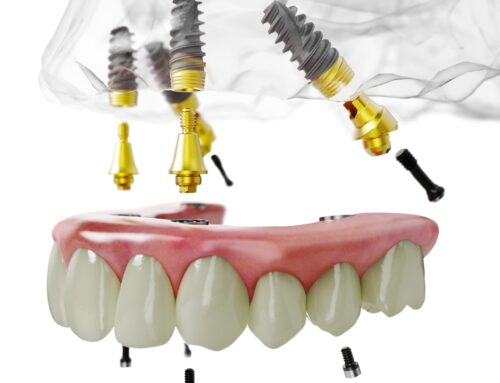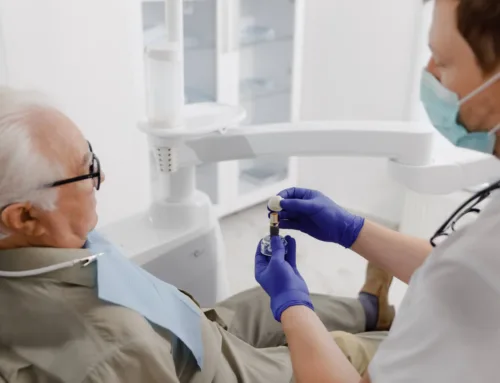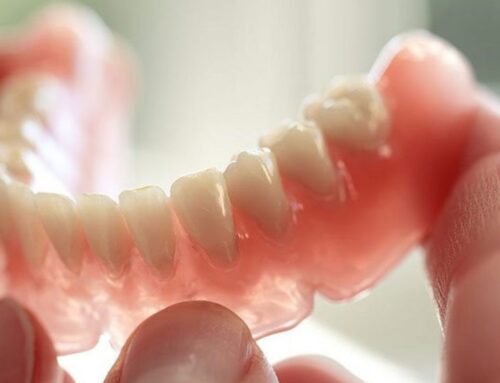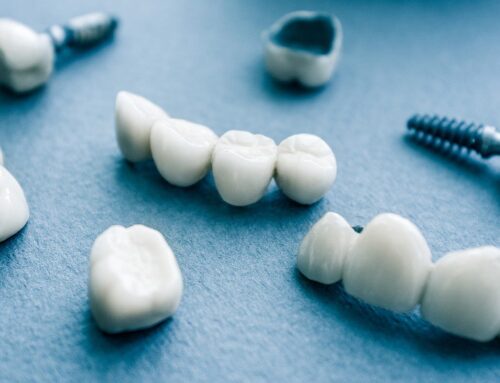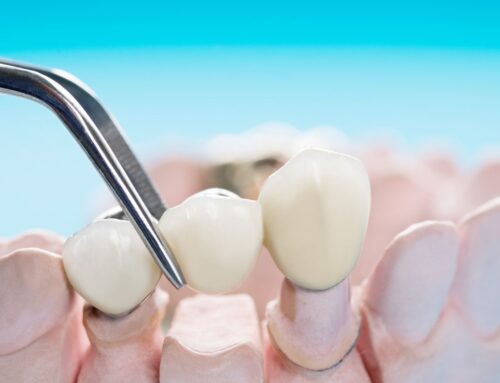Dental Implants – What’s Right for Me?
Whether it’s from decay, an unfortunate accident or as part of a larger health issue, it’s never good to lose a tooth, and it’s even worse to lose several. Alternatively, it can be a sign of oral health issues like weakened gums or tooth decay. Dental implants are a proven and effective way to replace missing teeth but do you need to consider what type of tooth you need to replace?
A dental implant is surgically implanted into the jawbone that lives underneath gums. They are metal and are either posts or frames and their job is to hold replacement teeth securely in place. Dental implants are the best way to replace a missing tooth. They can hold bridges, dentures and crowns in place. The one requirement is that the patient must have a healthy jaw bone and gums.
You can already see why dental implants have become the procedure of choice to replace a missing tooth and maintain facial structure and oral health. Let’s look at dental implants to understand how they work, why they’re effective and if you need different implants to replace different types of teeth.
The Basics of a Dental Implants
Dental implants serve two functions for patients with respect to replacing a lost or extracted tooth. They promote optimal oral health, helps restore confidence, supports jaw and gum health and aids in maintaining the shape of your face. A full mouth of teeth makes chewing, biting and swallowing easier and also ensures you aren’t embarrassed to smile because of a gap in your teeth.
A dental implant is an artificial metal anchor that technically can be used as part of replacing any tooth. They look natural and the wearer will not be able to notice the difference between their real and artificial teeth. The downside is that inserting a dental implant requires surgery, can be pricy (if not covered by insurance) and the healing process can sometimes take months.
The procedure to implement a dental implant usually involves an oral surgeon who specializes in placing implants. The process involves the following phases:
- A careful examination of your mouth, jaw and teeth. This examination includes x-rays to determine if implants are even an option for your specific situation.
- If it is decided that a dental implant is the best course of action, the patient will enter the first phase of surgery where the implant will be inserted into the jaw beneath the gums.
- The wound is closed with stitching, and as it heals, the implant attaches to the bone and gum, which can take two to three months to heal.
- After the tissue has healed, an abutment will be attached to the implant.
- The artificial tooth is then created and attached to the abutment. Patients might have to make several visits to get the perfect fit and make sure the new tooth is securely in place.
Speak to your dentist about when a dental bridge might be a more appropriate solution than a dental implant. Your dentist should also let you know if the implant or bridge will impact eating, chewing, biting or swallowing in any way.
The Different Types of Teeth
Most people have four different types of teeth, each with a purpose and function that helps us live comfortable and healthy lives.
Incisors
Located at the front of a mouth, incisors are situated four on top and four on the bottom. These are the teeth we use to take that always important first bite into food. In addition, they are essential for speech, helping us enunciate words. If you lose an incisor, it is recommended that you get a dental implant immediately to avoid discomfort and future oral health problems.
Canines
We have four canine teeth, one on each side of the upper and lower incisors. Sometimes referred to as cuspids, they cut food, support our lips and guide teeth into place when the upper and lower jaws connect.
Premolars
Hiding behind the canine teeth are our premolars, sometimes called bicuspids. The flat top of premolars helps with the chewing of food and maintain facial structure. We have eight premolars, split evenly between the top and bottom of our teeth.
Molars
Molars are the neighbours of premolars. There are 12 of them, evenly divided between the top and bottom rows, and they are wider and flatter than your other teeth. Like premolars, the primary function of molars is to chew and maintain facial height and structure. The main difference between the two is their size and shape.
So, when is it appropriate to use dental implants to replace these types of teeth?
Dental Implants for Specific Teeth
Dental implants should be a viable replacement for any type of tooth. If a patient has a strong jaw with no bone density issues and an artificial tooth can be made, then there shouldn’t be any issue to use an implant. The jaw is more important than the type of tooth you need to replace because of osseointegration. This is where the implant bonds with the jawbone which is vital to make the tooth strong and the implant a success. Success will prevent any potential issues with jaw shrinkage or future oral health issues with the affected tooth/teeth.
Dental implants are typically the best solution for a single missing tooth. However, when dealing with replacing multiple teeth, an implant supported bridge or denture might make the most sense. In the case of multiple replacements, your dental implant options include:
- Tooth-supported fixed bridge
- A bridge made from gold, alloys, porcelain, or a combination of these materials. It is supported by being bonded onto neighbouring teeth.
- Full or partial dentures
- For patients who have had all their natural teeth removed, full dentures are usually recommended. Partial dentures, on the other hand, are used when a patient needs to replace one or more permanent teeth.
- Implant supported dentures
- This type of dentures offer the stability and longevity of dental implants, yet is unique because it is removable.
- All On Four implants
- This option is ideal for those who are on the verge of losing all their upper or lower teeth. It uses 4-6 implants to fix your permanent teeth.
Naturally, replacing teeth is more complicated than replacing a single tooth so be sure to take a thorough approach with your dentist to review options.
Single vs. Multiple Tooth Replacement
To answer the question posed by this article, dental implants aren’t specific to a certain type of tooth. It is more about deciding with your dentist and/or oral surgeon if dental implants are the best method to replace your missing tooth or teeth. In most cases of single tooth replacement, a dental implant will make the most sense regardless of whether you need to replace a molar, premolar, incisor or canine tooth. Alternatively, if you need to replace two or more teeth then you should review other options like dentures or bridges.
We hope this article has helped bring clarity to the subject of dental implants and in what instances they might be the most viable option. Even if you are comfortable with the idea of dental implants, we always recommend sitting down with your dentist or specialist and letting them guide you toward the best treatment.
At Georgian Dental®, our only goal is to provide you with the best dental and orthodontic care, so book your free, no-obligation dental implant consultation today and see how Barrie Dentist can help get your smile back in style!
Appointment Request
If you’re interested in any of our procedures, and would like to meet with one of our dentists to discuss options, costs and get additional information, complete this short form and we’ll give you a call to arrange for a no-obligation appointment at our Barrie clinic.
